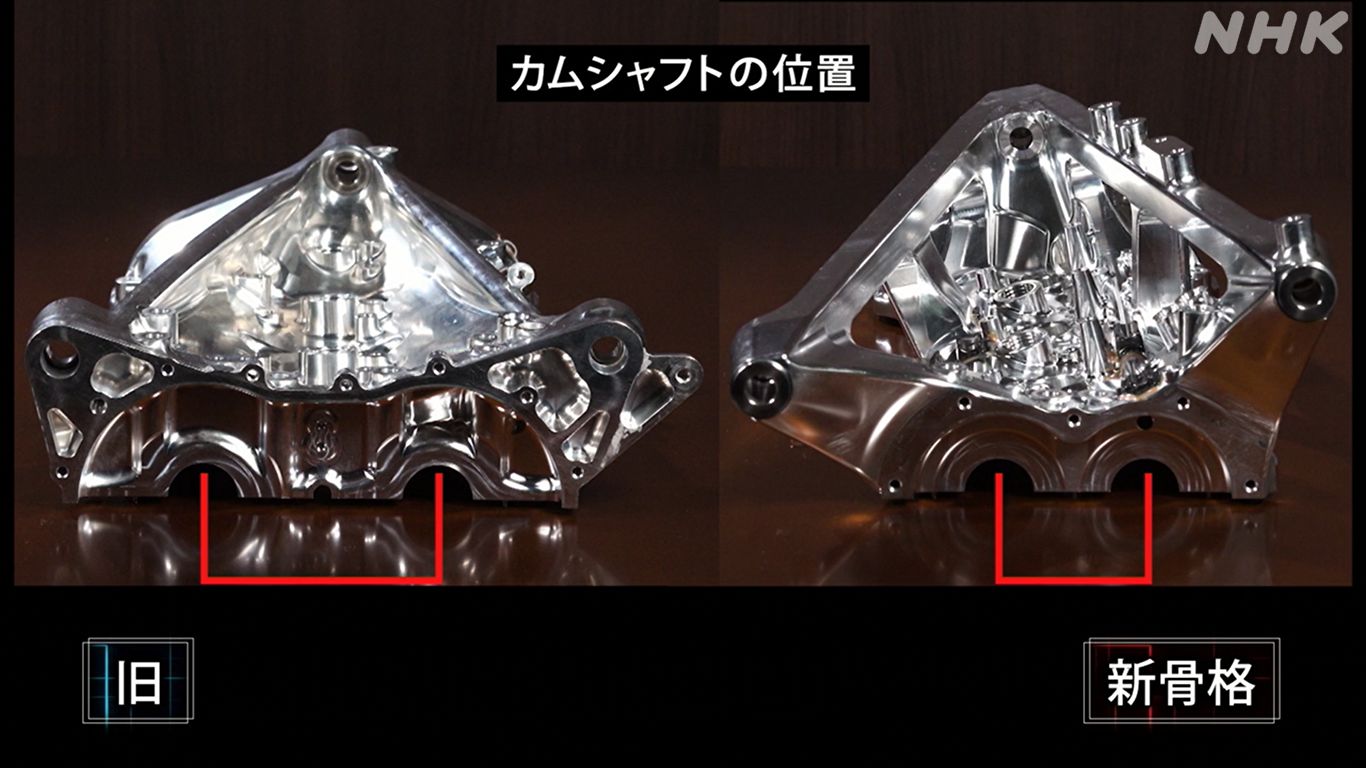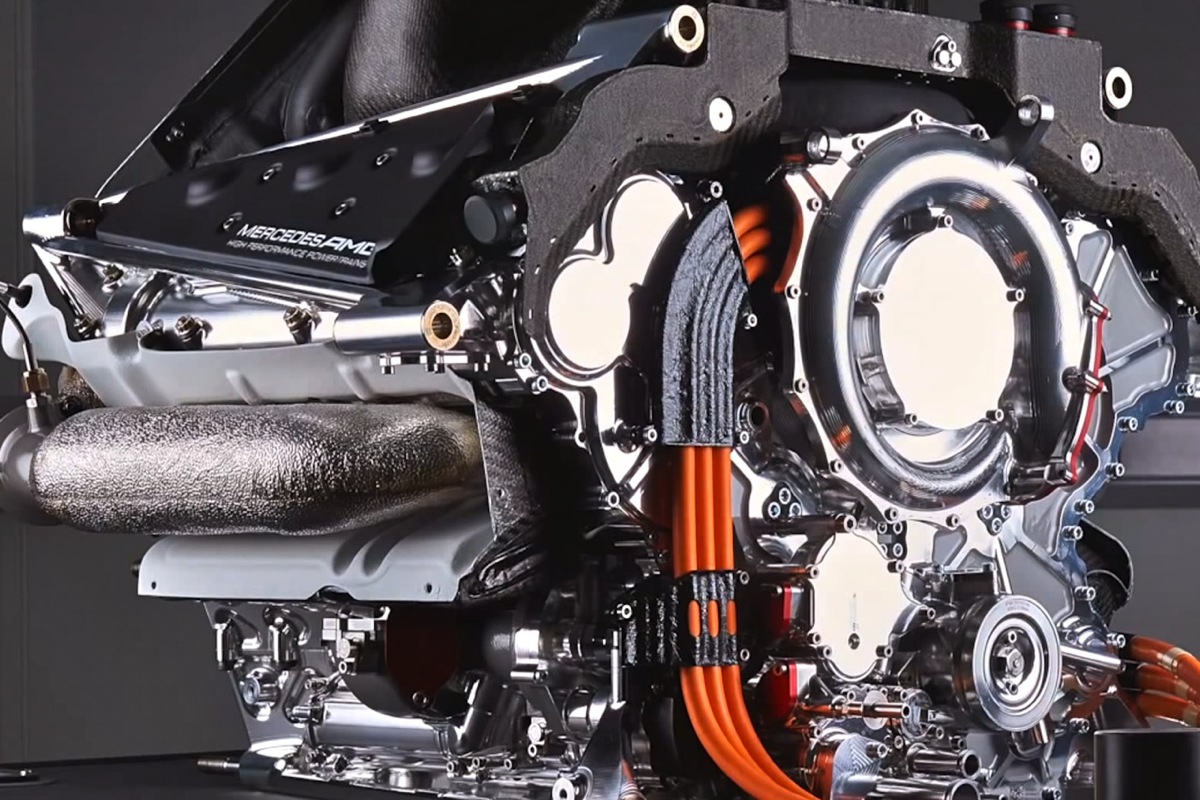Unsubstantiated comment that holds no more weight than anyone elses. You or I or anyone else simply doesn't know.godlameroso wrote: ↑07 Apr 2021, 23:04The beauty of having a works partnership, the two partners build their components around each other. There's no doubt the packaging of the Honda engine allows a very tight bodywork, they have not made a compromise on the tank volume.
That's like the argument that some people make that designers of midfield cars engineer their cars to be better in traffic than free air yet every time a technical director or other person has been asked this question it has been rubbished with answer invariably being no, they design their cars to be the fastest outright in free air.
Referencing the late race safety cars. Safety cars save fuel which adds weight to the argument that it might be beneficial to build a car with a smaller tank. If a driver is having to severely fuel save due to their car being underfuelled then a safety car is a blessing.
Lastly for a race where we take your scenario and build a car with a big tank and fill it we are then forced to drive around with extra fuel slowing us down if we can't use it.




